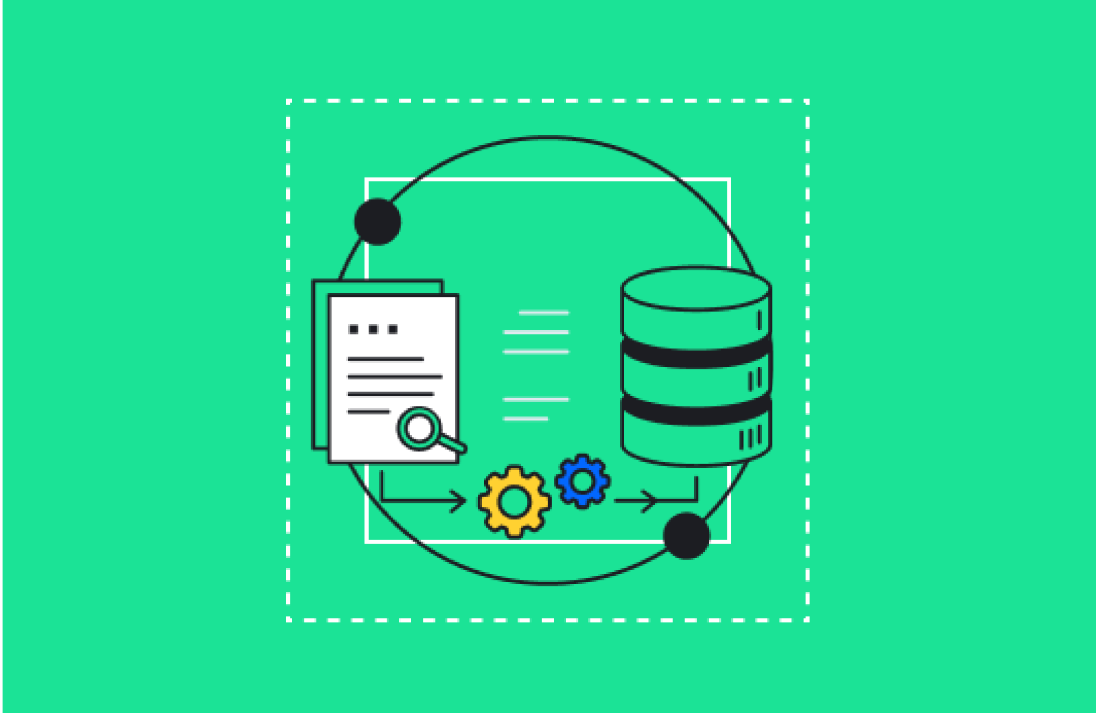RevOps is a relatively new practice. Many companies are only just beginning to delve into it as a philosophy. But unlike other business trends, RevOps isn’t just a fad.
Consider this: Although marketing technology makes up 29% of marketing budgets, only 12% of marketers are seeing significant value from their marketing technologies. The purpose of RevOps is to address the disconnects between a company’s revenue-oriented departments, their expectations for marketing technology, the reality of their implementation of both their technology and their revenue-generating processes.
Here, we’ll explore what RevOps is and how you can use it to align your teams with your company’s revenue goals.
Defining RevOps
RevOps stands for “Revenue Operations.” It encompasses all the operations that are involved in creating an optimal customer experience, as well as the tools used to manage and optimize revenue at your organization. It’s manifested in a company through the interconnectedness of sales, marketing, and customer success, as well as other departments, like finance.
A8’s official definition of RevOps is as follows:
“The combination of people, process, and technology that makes up the lead to customer experience (or customer lifecycle) for the end-user and captures data to improve it. It's practiced by working with people to define processes and then using technology to implement it in a way that makes it easy to work with your business for the end customer, and generates actionable data from internal and external behaviors."
You’ve probably already heard of DevOps. It’s the set of practices and processes that link software development and IT operations, so they can shorten the development lifecycle and deliver high-quality software more effectively for their customers.
RevOps takes the same concept and applies it to the customer experience—and, by extension, revenue. Because sales, marketing, and customer success all contribute to the company’s bottom line, RevOps serves as a function to manage and operationalize both the execution and optimization of those contributions. In essence, it’s an end-to-end strategy for driving revenue from the moment a customer becomes aware of your company and throughout the customer lifecycle.
The main drivers behind RevOps are eliminating silos, facilitating collaboration between departments, and operationalizing how teams interact to drive revenue. Although each department plays a different role in how revenue is generated—they leverage different tools, have different management styles, and are structured differently—each team must interact to perform both within their departments and with each other to drive value.
In most cases, these separate business units can collaborate through a unified technology stack, a cohesive data strategy, and revenue-focused processes that include clearly defined roles and responsibilities.
RevOps and Your Technology Stack
If you already have the tools you need in place, RevOps may not require you to overhaul your technology stack. Instead, you may just have to rework how you use those technologies and how each department coordinates through them to build a great customer experience.
That said, one of your first steps to engage in RevOps is to do an audit of your technology stack.
Many organizations choose software based on how it can help the department they’re buying it for. Marketers choose their marketing tools because they make their jobs easier and help them deliver more quality leads, salespeople choose their sales tools because they make closing deals easier, and so on.
The problem with this strategy is that the departments aren’t considering how those tools help them work together and collaborate. After all, marketing has a role to play in the sales and customer success processes as well, and none of your departments operate in a vacuum.
RevOps just isn’t possible unless the technologies your departments use are synchronized and integrated. So, your first step should be to identify which tools can help you integrate your departments and which ones can’t.
Tools that don’t allow your teams to share information should be set aside and replaced with tools that do. Ideally, you’ll have a fully integrated technology stack, providing alignment and visibility for every team involved in customer success. Most organizations achieve this with an overarching solution that acts as a single source of truth: a tool that synchronizes data across your organization.
Enabling RevOps at Your Organization
Once you’ve identified your technology stack, you can start working on deploying it and operationalizing RevOps at your organization.
Deploying RevOps is essentially a four-part process, one of which you’ve already completed:
- Audit and retool your technology stack.
- Build a RevOps culture by aligning your teams.
- Eliminate redundancies, add automatons, and stay lean.
- Measure and improve.
Alignment between your departments is essential not only to focus on the needs of your customers but also for building your revenue growth engine. By instilling a revenue- and customer-oriented culture across your departments, you’ll be able to align your teams to work toward goals that directly impact your bottom line.
Once you’ve integrated your technologies and aligned your teams, you may find some redundancies in your operations. This is your chance to remove those. You need your operations to be lean and efficient, not bogged down by unnecessary processes.
Finally, you must measure the success of your RevOps strategy. You can measure your results by tracking metrics that tell you how much revenue your company is generating, but also by tracking growth metrics:
- Customer acquisition cost
- Customer onboarding cost
- Revenue generated per customer lifecycle
- Average contract value
- Net revenue per quarter (not including recurring revenue)
Ideally, your company should not just be generating revenue, but also growing your revenue. If you aren’t growing, you must take a second look at how effectively your teams and technologies are integrated, reduce redundancies, and double-down on your RevOps cultural initiatives.
This might sound like a lot of work. But when it’s done right, RevOps can dramatically improve your revenue growth. According to one study by Forrester, organizations that deployed revenue operations successfully grew their revenue nearly three times faster than those that didn’t.
A8 Helps Companies Implement RevOps
A8 helps B2B companies build revenue engines by improving their processes and integrating technologies that give them an advantage in the marketplace. We understand that the disciplines of marketing, sales, and customer success are inherently connected, so we can help each department work toward common goals.
If you’re ready to implement RevOps at your company, get in touch with A8 today to learn more.






